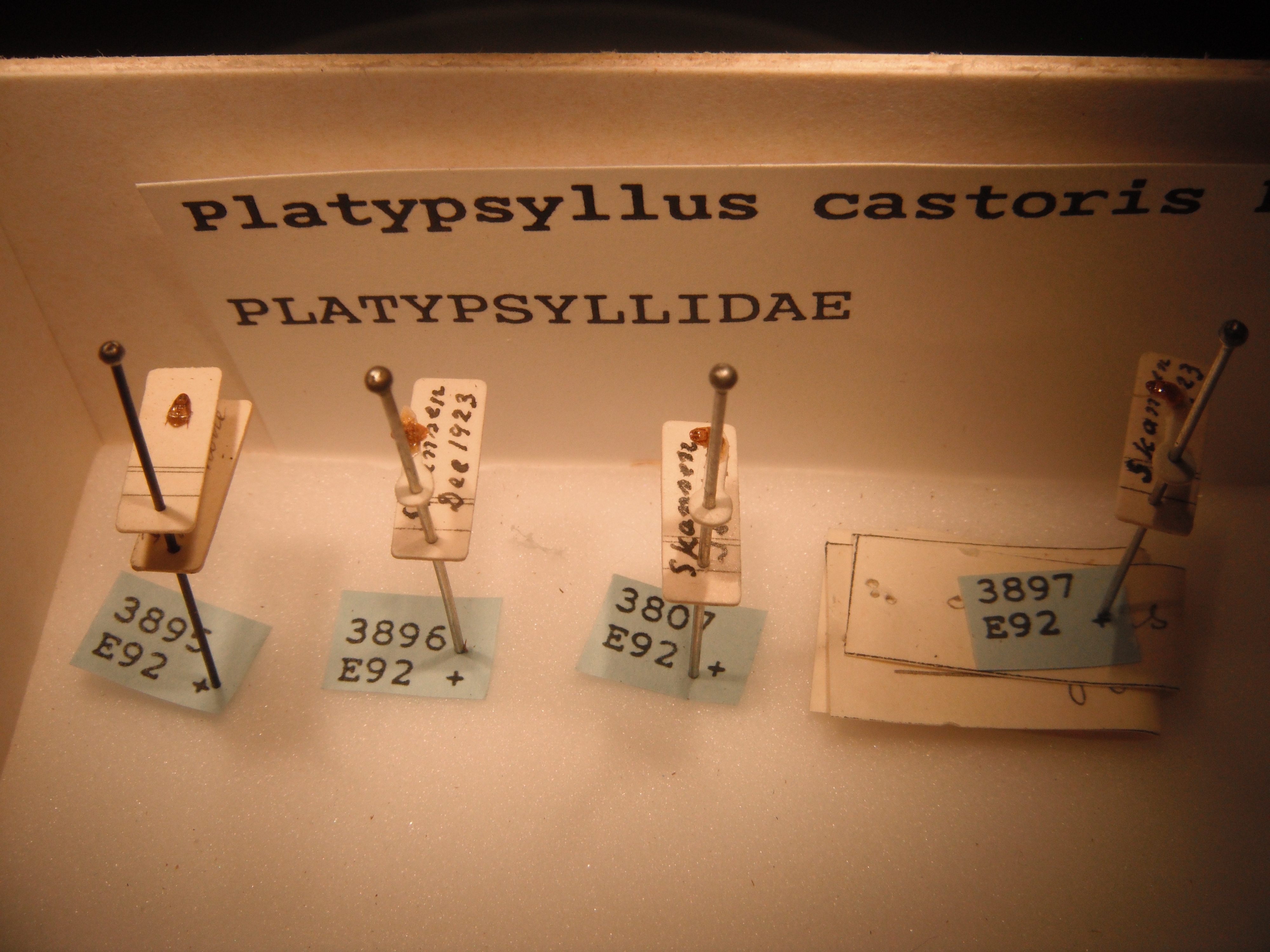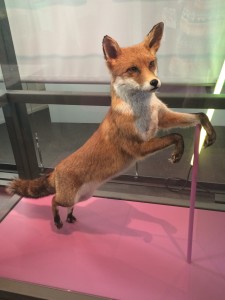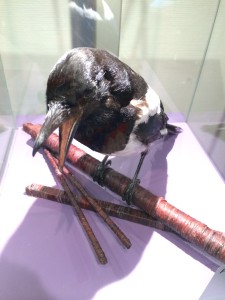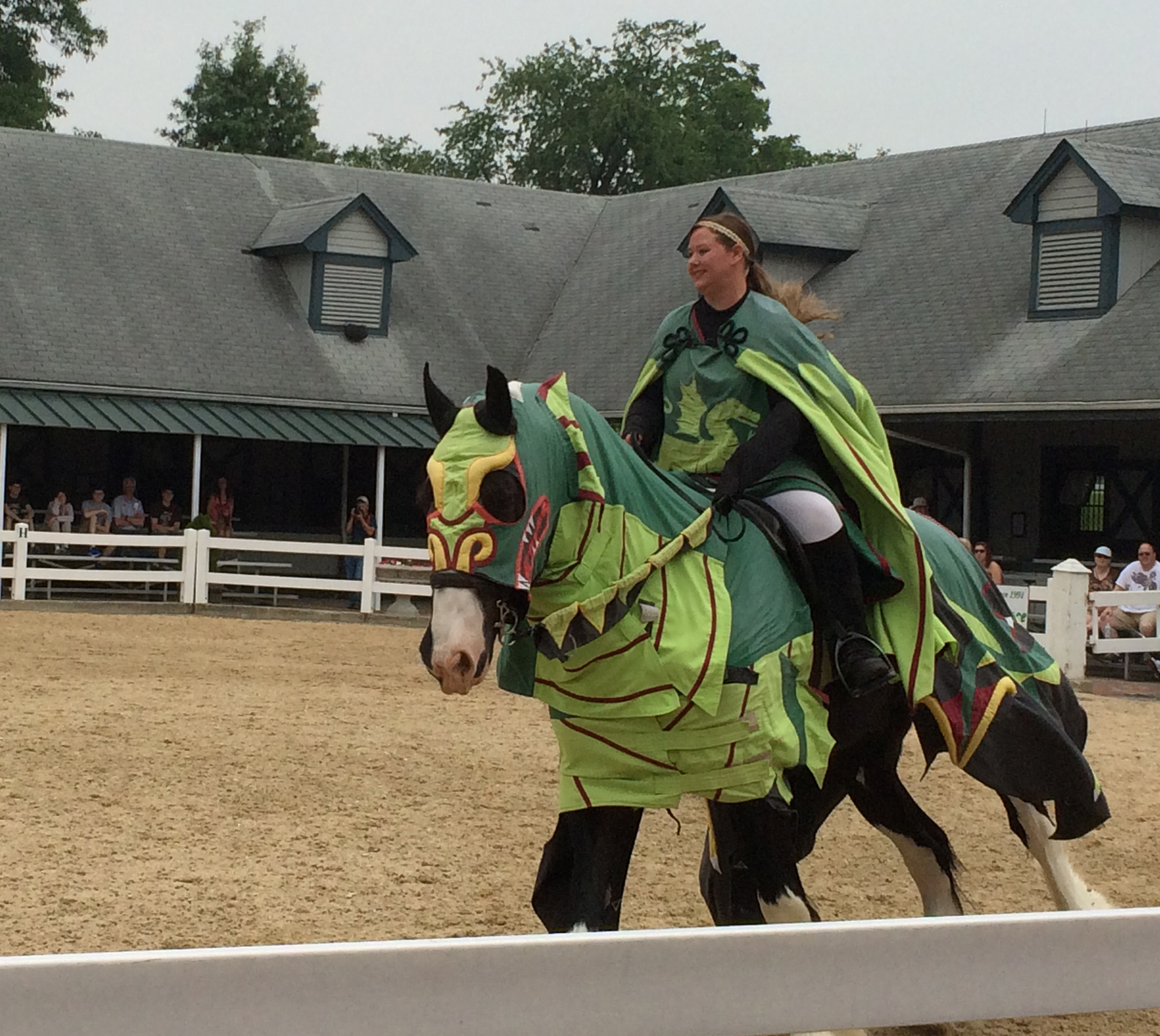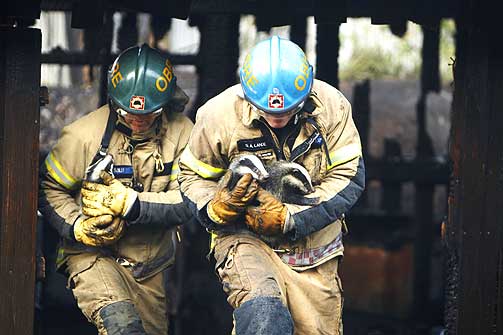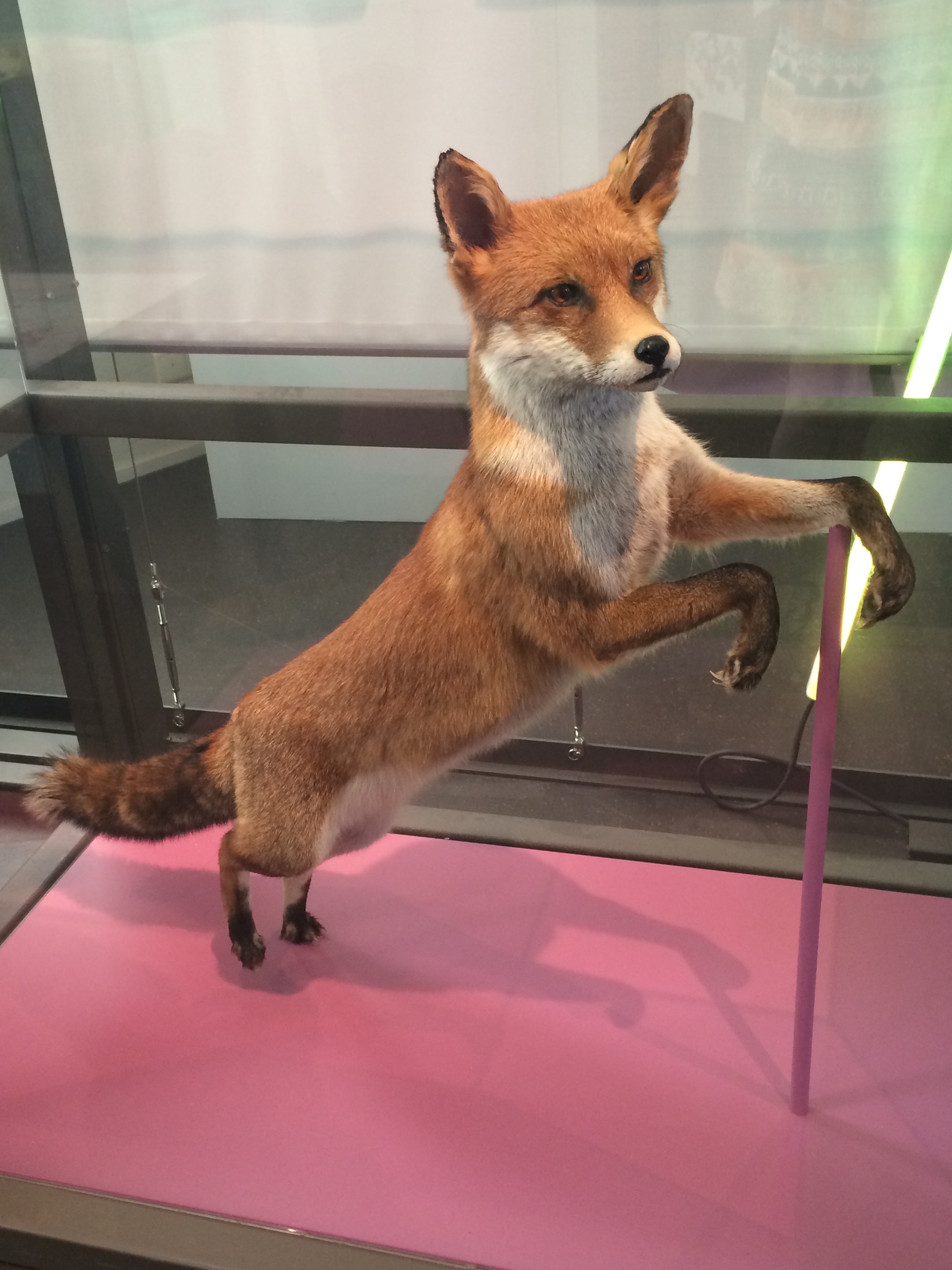
Giving a voice to the animals
One of the themes I’ve taken up several times on this blog is how animals are portrayed in museum settings. I’ve previously discussed the missing individual stories of animals on display, as well as gone through the various museum settings in which I’ve encountered beavers and muskoxen.

So today when I visited the Museum of Natural Sciences in Brussels, Belgium, I had to look for animal stories. The mammals hall had the typical displays of specimens by group (like primates, rodents, etc.) with small labels with a species name, common name (in both Dutch & French), and biological information including range. Both a beaver and a muskox made appearances in this way in the mammals hall. So there was nothing particularly interesting about the display choices here.
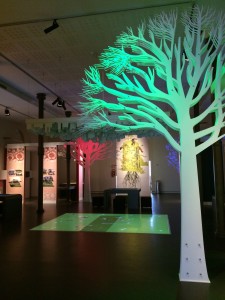
That was not the case in the museum’s newest permanent exhibition, BiodiverCITY. The exhibit deals with wildlife, including plants, insects, microbes, birds, and mammals, that share their homes with people in urban spaces. The exhibit was a multimedia presentation enriched with audio, video, and interactive activities. It invoked nature in the human-built world as a space.
Much of the urban nature on display were animals. There were squirrels and foxes, pigeons and crows. I’m sure that the specimens on display were, for the most part, ones already taxidermied and in the museum’s collection prior to the making of this exhibit. Yet what the museum did with the animals was atypical. Instead of giving the “facts” about the species like in the mammal hall, the labels told those facts as stories about the interaction between animals and humans.
Here are two of those stories.
Naturally inquisitive, I’ve gradually ventured into the cities. There I’ve discovered free restaurants: your dustbins. The food is so delicious, that it counterbalances the dangers of traffic … and the inconveniences of my encounters with your dogs.
No, I don’t steal from nests… But my life is full of probles: my numbers are in decline. You often see me in town but that’s because I seek refuge there from being persecuted in the countryside, with traps and shotguns.
These stories give the visitor some biological information about the animal traits, but they also talk about the relationship with humans. More significantly, the stories are told in the first person. It is the animal who speaks the story. While there are always problems with stories being told on behalf of others about them (a major critique made by post-colonialist scholars about the ways history has previously been written), animals depend on us to tell their stories. This kind of storytelling brings them to life. Rather than us talking about them, they do the talking. I think this is a good example of how animal voices and their stories can be heard in museums.
